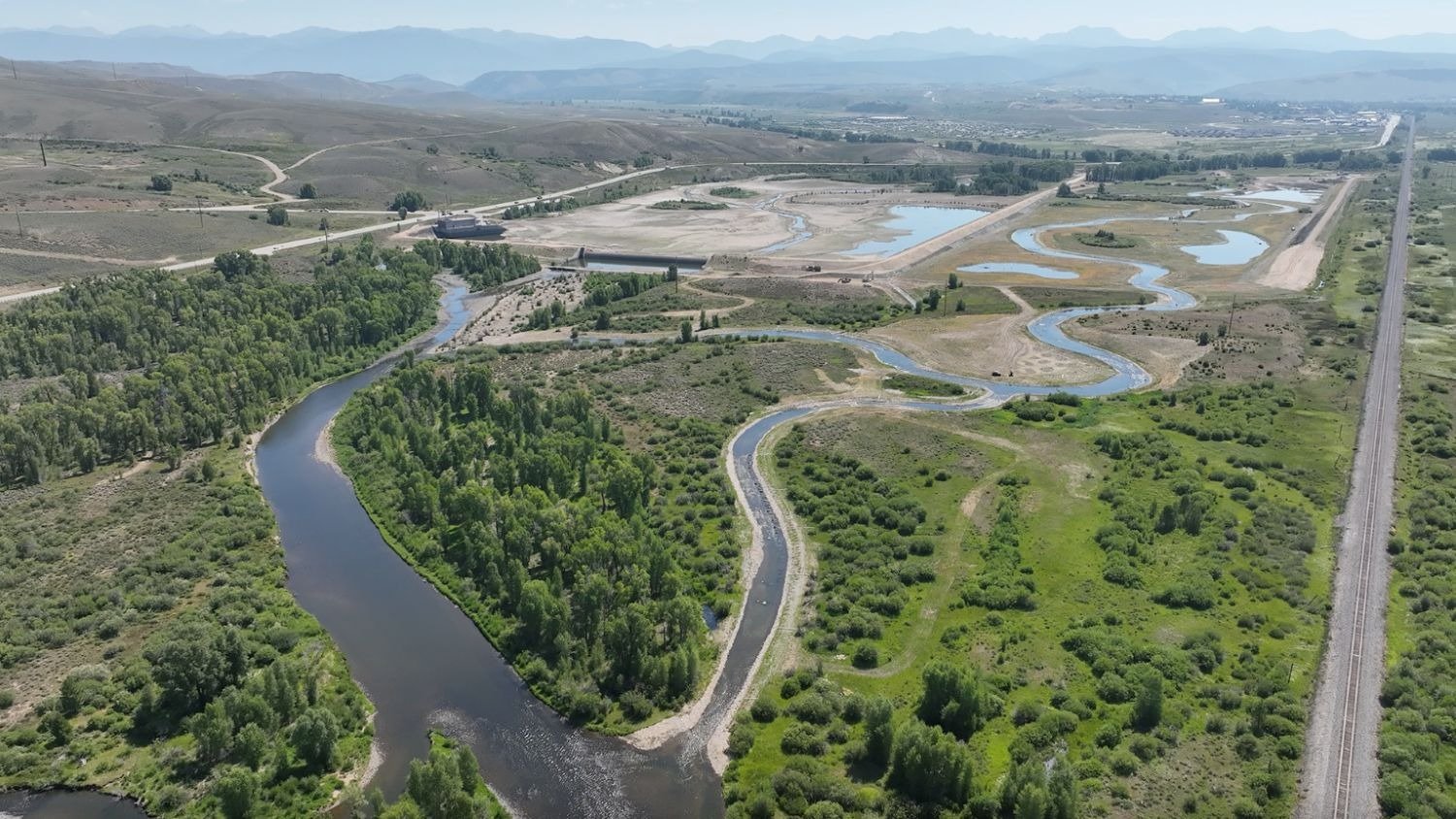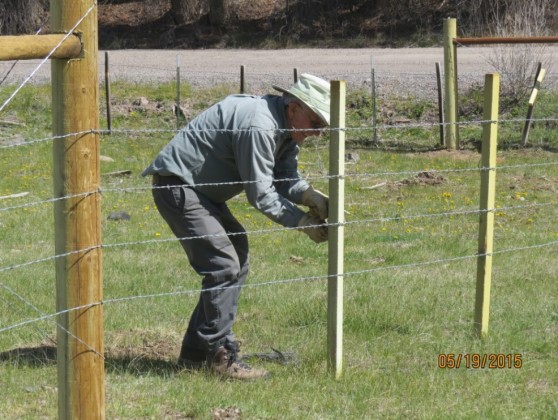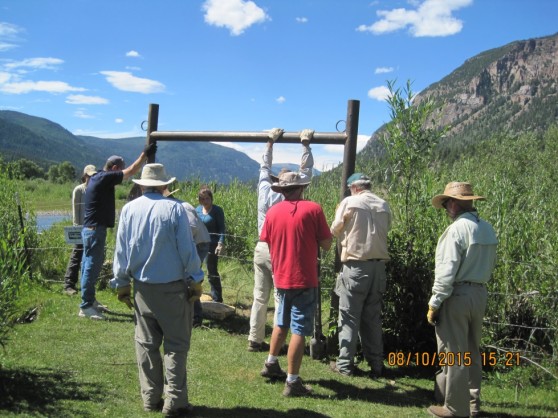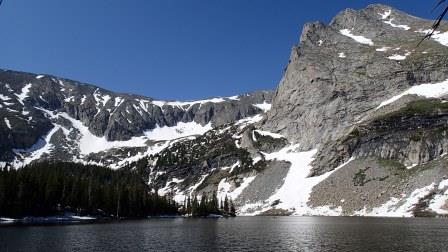Behind the Fin: Shelley Walchak
- Name: Shelley Walchak
- Author of book: 52 Rivers: A Woman's Fly-fishing Journey
- Life time member of TU since 2013
- Works as a Library Director for Pine River Library in Bayfield
- Best Quote from Shelley: “As we all know, it's about so much more than just the fishing.”
Unfortunately work and play don’t always mix like we’d want. But in a few instances, the barrier between the two is broken. For some it’s just a little leak. But for others, like Shelley Walchak, the barrier gets shattered.
In 2013, the life-long librarian took her camera, her fly rod and her computer and set off to fish 52 different rivers spread throughout seven Rocky Mountain States. Her dream was to document the trip and publish a book on her journey.
The following year, her dream became a reality when 52 Rivers: A Woman’s Fly-fishing Journey was published. 52 Rivers went on to win the Gold Medal in the Regional Non Fiction category at the 2015 IPPYs (Independent Publisher Book Awards).
Shelley always had a passion for books, “reading them, reviewing them, referring them, discussing them and organizing them. What I hadn't done was publish one, and now my world of books has come full circle."
At the age of 10, during a visit to a dude ranch in Creede, Co, Shelley discovered that she wanted to spend her life in Colorado. But she had no idea where it would take her. “I still have the journal I kept when I was ten years old and made my first trip to Colorado. I knew at that age that Colorado was where I wanted to spend my life. I didn't know at that time I would write a book.”
“I loved the writing- the challenge of finding the right way to express the full experience- the people, places, fish, foibles, successes. I loved reliving the previous year's  experiences to better implant them in my brain.”
experiences to better implant them in my brain.”
While on the road researching her book, Shelley made another decision- to become a life-time member of TU. “I became a TU member because I wanted to be involved with the premier organization for oversight of our rivers and fisheries.”
Since becoming a member, Shelley has been involved with the 5 Rivers Club Chapter in Durango and enjoys the fundraising events the most, “I love going to fundraisers because it's a win-win for all. This year I won the bid for a Tenkara rod and a float trip with Thom Chacon from Duranglers. Lucky me!”
After fishing over 52 rivers, Shelley has seen most of what the great American West has to offer and for her, the favorite place to fish is the Rio Grande, “You can't do any better than the oxbows on the Rio Grande. The fish are plentiful, the scenery is stupendous, and there's nary a soul around.”
“As we all know, it's about so much more than just the fishing.”
But the fishing part is still fun. Especially for Shelley when a fish hits her dry fly. “Because I like simplicity and love a thrill, fishing with a dry is what I love the best. If I am lucky enough to hit a salmon fly hatch, or the yellow sallies are hailing, or the PMDs are hanging out - give me a dry any day.”
When she’s not fishing, Shelley lives in Durango, Co and is currently working as a library director for Pine River Library in Bayfield which won the 2014 award for the "Best Small Library in America".
For more information on Shelley’s book and how to get your own personal copy, visit 52Rivers.com.

